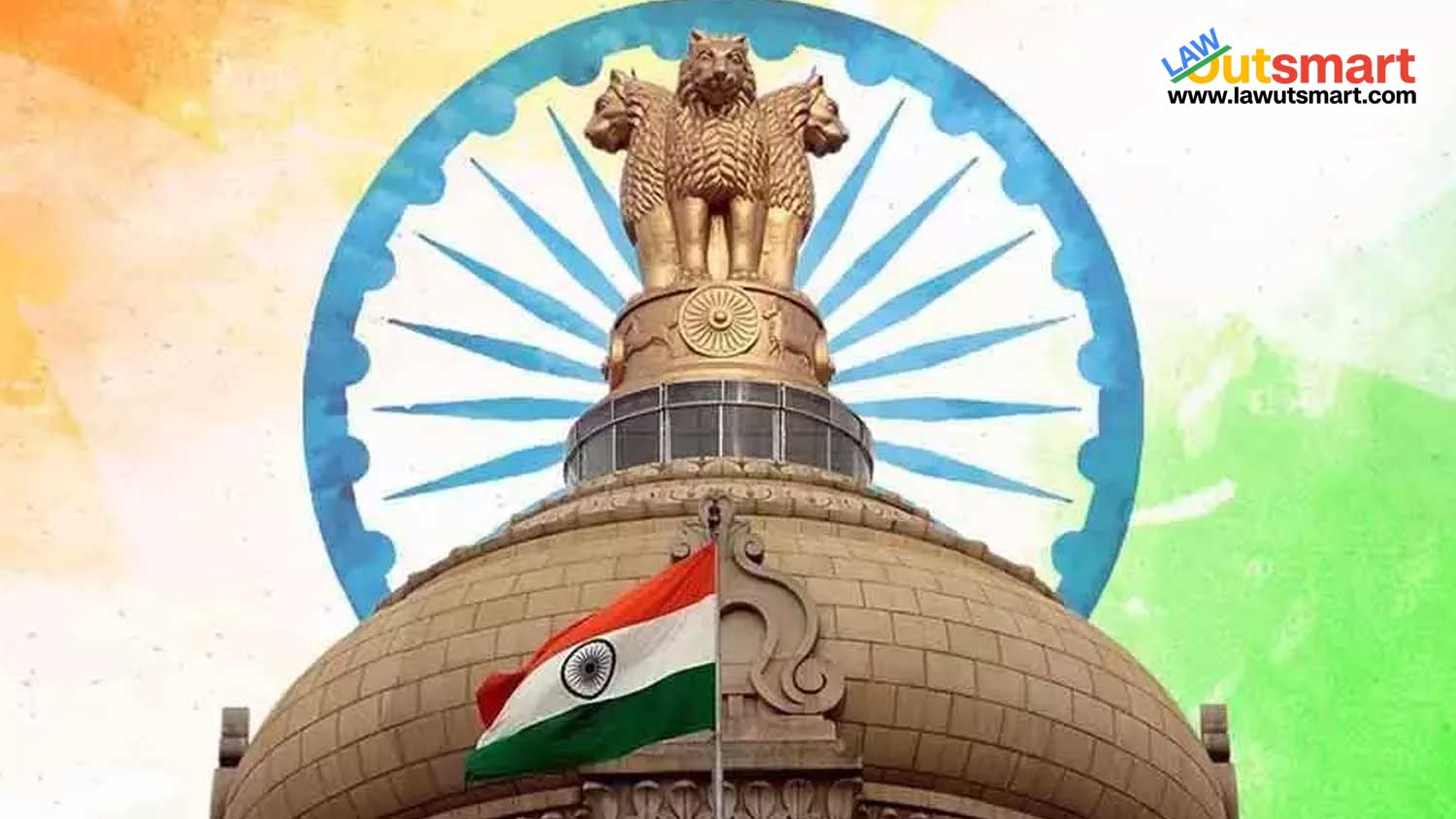In India’s parliamentary democracy, the Prime Minister (PM) serves as the head of government and is arguably the most powerful political figure in the country. Appointed by the President of India, the Prime Minister holds a position that is pivotal for both domestic governance and international diplomacy. This article delves into the role, powers, historical evolution, and contemporary significance of the Prime Minister’s office in India.
Constitutional Framework
The Indian Constitution does not detail the powers and responsibilities of the Prime Minister explicitly, unlike those of the President. Instead, these roles and responsibilities have evolved through conventions, protocols, and judicial interpretations.
Election and Tenure
The Prime Minister is usually the leader of the political party or coalition that has the majority of seats in the Lok Sabha (the People’s House) of India’s Parliament. The President formally appoints the Prime Minister, and the appointed individual must prove their majority in the Lok Sabha within a stipulated time. The tenure is for five years, coinciding with the term of the Lok Sabha, although it can be shorter if the PM loses a vote of confidence.
Powers and Functions
Executive Powers
- Council of Ministers: The Prime Minister recommends the appointment of other ministers, allocates portfolios, and coordinates the functioning of different departments.
- Policy Formulation and Implementation: The Prime Minister plays a crucial role in policy-making, including the implementation of national and international policies.
- Adviser to the President: As the head of the Council of Ministers, the Prime Minister advises the President on various matters, including the dissolution of the Lok Sabha.
Legislative Powers
- Parliamentary Affairs: The PM decides the agenda for Parliament sessions and plays a decisive role in the law-making process.
- Leader of the Majority: Being the leader of the majority party in Lok Sabha, the PM has a considerable influence on the legislative proceedings.
Judicial and Emergency Powers
- Role in Appointments: The PM plays a role in the appointment of key judicial figures, although this is subject to checks and balances.
- Emergency Powers: The Prime Minister advises the President on the proclamation of emergencies as per Articles 352, 356, and 360 of the Constitution.
Diplomatic Powers
The PM represents India at various international forums, playing an essential role in shaping foreign policy and international relations.
Historical Evolution
India’s first Prime Minister, Jawaharlal Nehru, set several precedents that have shaped the office’s role over the years. From Indira Gandhi’s centralization of power to Atal Bihari Vajpayee’s coalition politics, and from Manmohan Singh’s technocratic approach to Narendra Modi’s populist governance, the office has adapted to the country’s changing socio-political dynamics.
List of Prime Ministers of India
- Jawaharlal Nehru (1947–1964) – India’s first Prime Minister and one of the architects of modern India.
- Gulzarilal Nanda (1964, 1966) – Served two short terms as acting Prime Minister following the deaths of Nehru and Shastri.
- Lal Bahadur Shastri (1964–1966) – Known for his role during the Indo-Pakistani War of 1965 and the slogan “Jai Jawan Jai Kisan” (“Hail the soldier, Hail the farmer”).
- Indira Gandhi (1966–1977, 1980–1984) – First female Prime Minister of India; known for the 1971 Bangladesh Liberation War and the imposition of Emergency.
- Morarji Desai (1977–1979) – Headed the first non-Congress government.
- Charan Singh (1979–1980) – Held office for a brief period without ever facing the Parliament.
- Rajiv Gandhi (1984–1989) – Youngest Prime Minister of India; known for technological reforms.
- Vishwanath Pratap Singh (1989–1990) – Known for implementing the Mandal Commission recommendations.
- Chandra Shekhar (1990–1991) – Had the shortest tenure of any non-acting Prime Minister.
- P. V. Narasimha Rao (1991–1996) – Known for economic liberalization policies.
- Atal Bihari Vajpayee (1996, 1998–2004) – Known for Pokhran-II nuclear tests and infrastructure projects.
- H. D. Deve Gowda (1996–1997) – Headed a coalition government.
- Inder Kumar Gujral (1997–1998) – Known for the “Gujral Doctrine” in foreign policy.
- Manmohan Singh (2004–2014) – First Sikh Prime Minister; known for economic reforms.
- Narendra Modi (2014–Present) – Known for initiatives like ‘Make in India’ and decisions like demonetization.
Challenges and Criticisms
Concentration of Power
The office of the PM can potentially concentrate significant power, raising concerns about authoritarianism, especially when the ruling party has a sweeping majority.
Coalition Politics
Managing coalition partners can be challenging, leading to compromises and dilution of policy objectives.
Parliamentary Decorum
The increasing trend of bypassing Parliament in decision-making has been a point of criticism against various Prime Ministers.
Conclusion
The office of the Prime Minister in India is a complex yet pivotal entity in the nation’s governance structure. Balancing a multitude of roles from executive administration to international diplomacy, the Prime Minister remains the linchpin in India’s political system. Despite the challenges and criticisms, the PM’s role is indispensable for the functioning of the world’s largest democracy.

